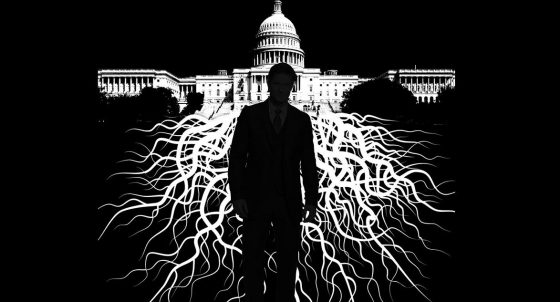Former Grizzly Manager Says This Tech Is the Answer for Hazing Bears, Even on College Campuses

As wildlife managers experiment with different ways to haze predators like wolves and bears, drones have emerged as one of the key tools they’re reaching for. In the eyes of one former grizzly bear manager, they are the tool for finding bears and moving them away from a specific area. This would include college campuses, according to an article published Wednesday by the University of Montana.
“With a drone you can basically lead them exactly where you want them to go,” Wesley Sarmento, who worked as a grizzly bear manager before starting his Ph.D track at UM, explains in the article.
During his time with Montana Fish, Wildlife & Parks, Sarmento experimented a fair bit with drones as “aversive conditioning” tools. He concluded in one study, published in January, that when it came to scaring bears, drones outperformed dogs and other traditional hazing techniques (like cracker shells and other projectiles) on the prairies of North-Central Montana.
Read Next: The Newest Tool for Hazing Wolves? Scarlett Johansson’s Voice
Drones are also very effective at locating and detecting bears. Using infrared heat-sensing and other thermal imaging technology, a drone pilot can easily find a bear — even in a dense forest or other heavy cover.
“When I was a bear manager, I always had a drone with me,” Sarmento says. “It’s become that essential.”
He and other researchers think drones could also be effective in more urban settings like the UM campus in Missoula, which had seven confirmed black bear sightings in 2024 alone, according to the school. Flying a drone toward a bear can be more effective and precise than other methods, such as shooting rubber bullets, and there is less risk of injury to both bears and humans.
Sarmento is now leading a drone development project at the University along with Jermey Crowley, who directs the school’s Autonomous Aerial Systems Office. The idea, according to UM, is to design a drone that uses artificial intelligence to quickly identify the animal species. A trained drone pilot operating the craft would then fly it to move that critter safely out of the area.
The drones would also have built-in speakers that could emit targeted sounds to make predators uneasy. Part of the appeal of drones as hazing tools, however, is that the whirring sound of the rotors is already scary enough for most bears.
“The drone’s sound mimics the buzzing of a swarm of bees,” Crowley says, “of which bears already have an instinctive fear.”
As part of their ongoing research, Sarmento and Crowley are looking at how drones could be used to haze other wildlife species like deer and elk. Working in UM’s experimental forest, they’ve been analyzing how different animals respond to drones. The goal is to redirect critters effectively without overly stressing them.
Read Next: Drones Could Revolutionize How Hunters Recover Lost Deer … If They’re Not Banned First
The other hope is that, over time, drones can serve as more proactive wildlife management tools. A bear, for example, will associate the negative experience of being chased away by a drone with the distinctive sound of a swarm of bees. In theory, that bear would eventually learn to stay away from those areas.
Read the full article here









